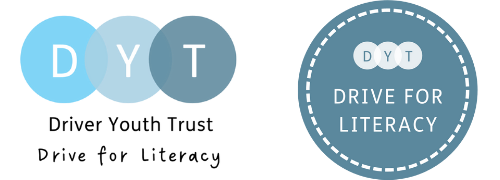From one-page profiles to pupil passports – the route to successful inclusion in the classroom
19/7/2018
I came across one-page profiles in the lead up to the introduction of the SEN Code of Practice September 2014. The examples used came from Helen Sanderson Associates and they highlighted how you could capture what was important for a young person. Fast forward 4 years and I have seen numerous examples; some excellent and some less so. I prefer the term pupil passport as this suggests supporting a pupil’s journey through the curriculum. It can also change depending on continued assessment via the Graduated Approach.
In some settings a pupil passport is focused on just a few SEND learners whereas in other settings it is used to help develop all learners and support transitions, either between classes, year group or school. The passport can link to PSHE and help support discussions with peers about what learners are good at, what others like about them and what might be a good target to work towards. A helpful document then but are they underutilised?
When it comes to transition between schools or year groups, knowing about your new class is helpful. Understanding what is important to individuals and what their barriers are, helps build relationships as well as give early warnings on strategies that engage pupils or keep them on track when effort, focus and engagement may begin to wane. For pupils, simply knowing that someone else knows about you and that this knowledge is valued can be important in developing self-esteem and/or self-worth. Knowing about learners can also help avoid the annual cycle that can exist when the first half term of the new academic year is a write off because the new teacher is struggling to understand an individual’s behaviours or mannerisms. In that respect, pupil passports can help break negative cycles and patterns of behaviour.
Creating a pupil passport
There is a wide variety of approaches to support the creation of a pupil passport. Some settings use person-centred tools which prompt questions whereas others sit the SEND pupil down with a TA and together they answer questions which teachers need to know about them. The more an individual is reflected within the school setting then the more likely it is that the pupil passport will be a meaningful and useful tool. Wider circumstances in the pupils’ life can help support the creation of pupil passport that genuinely reflects the individual and their learning needs.
Some of the tools that I have seen examine relationship circles, who matters to an individual as an example? In some settings staff have adapted this to be a subject circle so that favourite subjects are central whereas those less favoured subjects feature on the edges; useful to know if these subjects happen at the same point every day. Good day and bad day lists are also helpful in seeing what makes a successful day and what happens when things go wrong. Identifying what makes a difficult day can help settings become proactive in recognising a potential downward spiral and intervene early to turn things around.
If done well, these documents can be a vital tool for the learner and for the school. Furthermore, the better the pupil passport, the more likely it is that teachers will use it to inform how they support the pupil in the classroom. Find examples of Pupil Passports here, and here. Do you have examples you’d like to share? Let me know.
Kenny Wheeler
Senior Consultant Teacher


